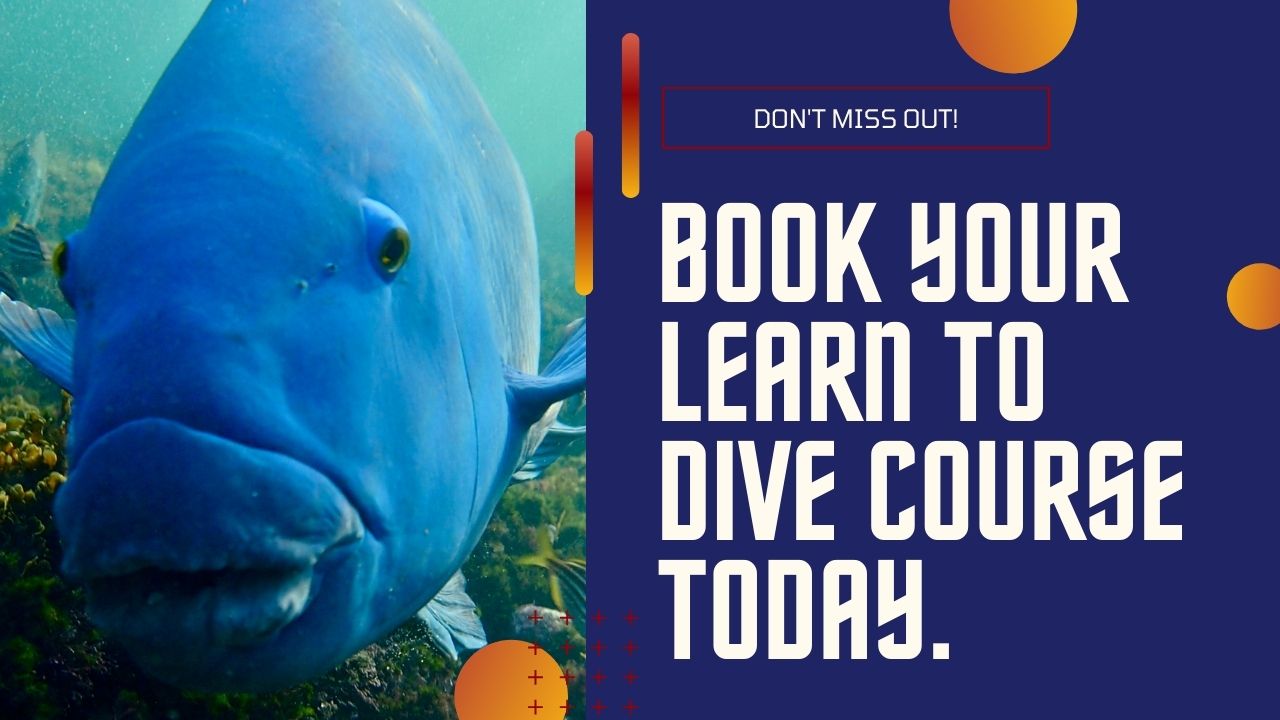You have 0 product(s) in your cart.
Abyss Scuba Diving
Eastern Blue Groper: Sydney's Unique Scuba Diving Attraction
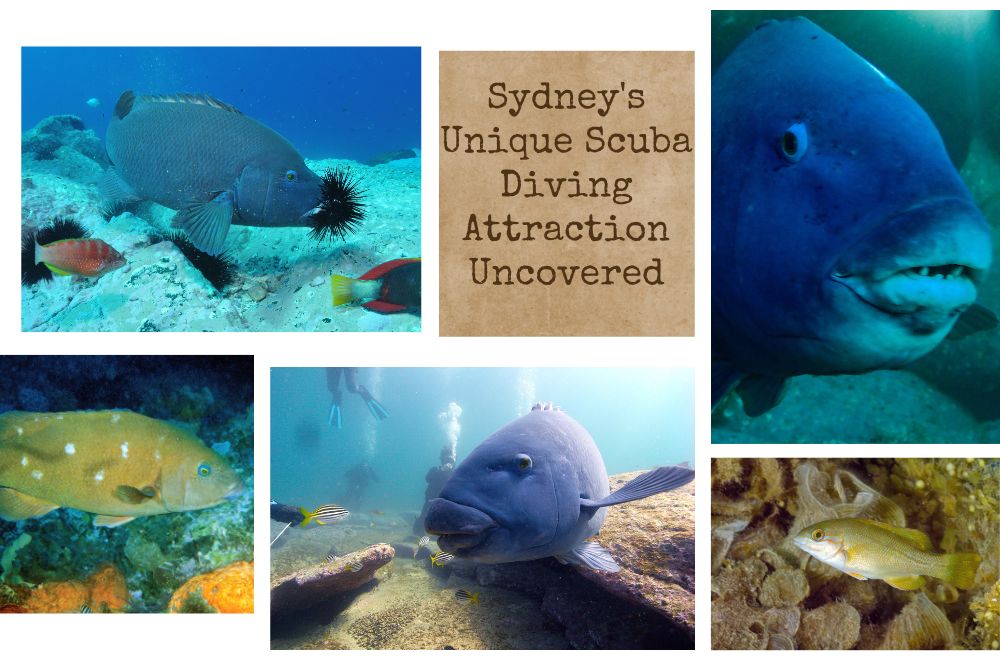
Eastern Blue Groper: Sydney's Unique Scuba Diving Attraction Uncovered.
Scuba diving in Sydney offers an unforgettable encounter with the vibrant marine life of Australia, and one fish species, in particular, stands out among the rest - the Eastern blue groper. This captivating and unique fish provides divers with an unparalleled experience, and its fascinating life cycle and ecological importance make it a remarkable creature worth protecting. Dive with us as we uncover the incredible world of the eastern blue groper.
Short Summary
-
Diving into the World of Blue Groper offers an opportunity to explore their remarkable characteristics and life cycles.
-
Eastern and Western Blue Gropers are iconic symbols of New South Wales, with a unique interaction between them and scuba divers.
-
Conservation efforts such as fishing restrictions, spear prohibition, and establishment of marine protected areas have been implemented in order to protect these vulnerable species.
Diving into the World of Blue Groper Fish
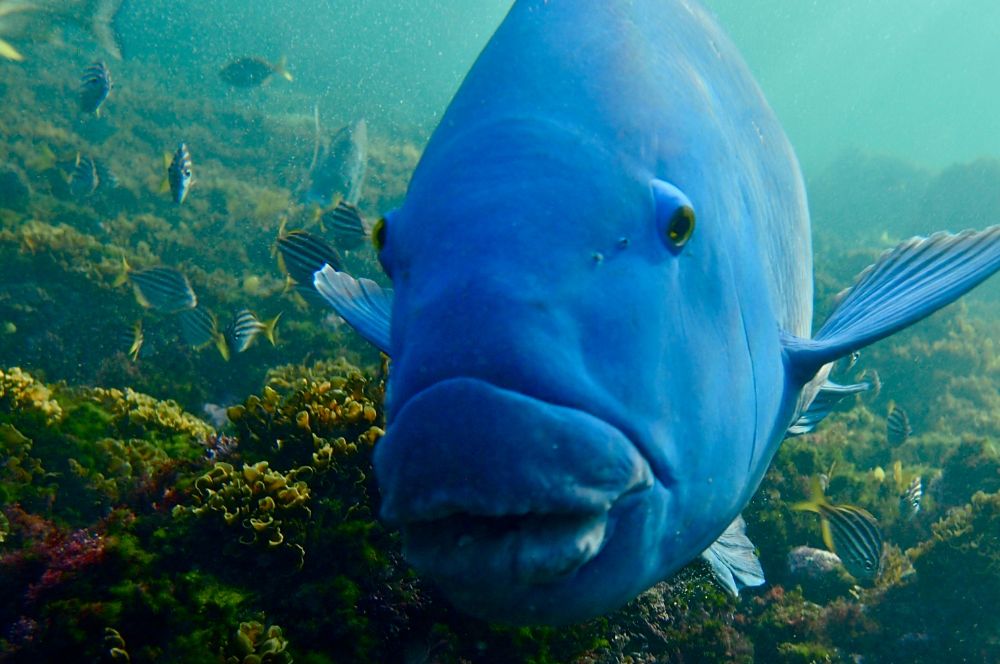
The Blue Groper is a remarkable species of wrasse native to southeastern Australia, ranging from Hervey Bay in southern Queensland to eastern Victoria. These fish are characterized by their stout-bodied build, peg-like teeth, heavy scales, large tail, and thick lips. They begin life as females and may transition into males later on, undergoing an initial phase before developing their adult colouring and reaching the terminal phase.
Blue Gropers play a critical role in maintaining the structure of marine life ecosystems, as they are considered a keystone species. There are two iconic species of Blue Gropers: the Eastern Blue Groper, which is endemic to New South Wales, and the Western Blue Groper, found along the Great Southern Reef.
Both species have unique characteristics and fascinating life cycles, making them a captivating subject for divers and marine enthusiasts alike.
Eastern Blue Groper: A New South Wales Icon
The Eastern Blue Groper (Achoerodus viridis) has become an icon of New South Wales, even being designated as its fish emblem in 1996. Juvenile Eastern Blue Gropers are brown to reddish-brown in colour, with each scale featuring a darker red spot, and some individuals may exhibit yellow-orange spots. Adult females possess a reddish-brown hue, while adult males develop a bright blue colouration, reaching the terminal phase.
This species inhabits rocky coastal reefs and can be found in marine waters ranging from southern Queensland to Wilson's Promontory, Victoria. Eastern Blue Gropers primarily feed on sea urchins and other reef organisms. Their friendly and curious behaviour towards divers has made them popular in New South Wales waters.
Western Blue Groper: The Gentle Giant of the Great Southern Reef
The Western Blue Groper is the largest of the blue groper species, with a maximum length of 1.7 meters and a weight of 40 kilograms. It is found in the Great Southern Reef and feeds on reef organisms such as sea urchins, molluscs, crustaceans, and reef algal mats. Western Blue Gropers are protogynous hermaphrodites, with all individuals starting life as females and some transitioning to males later in life. Females become sexually mature when they are around 15 years old. It can take up to 35 years for them to transform into the adult males though.
Western Blue Gropers generally live in small groups or "harems", typically made up of one male, a single or two female and multiple juveniles. These harems can be found in reefs across the western coast of Australia. The male fish plays a key role in the group. If something happens to him, a female from the group will assume his position and change her sex and colour. This fascinating social structure adds another layer of intrigue to this already captivating species.
The East-West Divide: How Ice Age Separation Shaped Blue Groper Evolution
The separation of the Western and Eastern Blue Groper can be attributed to the Ice Age, when temperate waters became colder along the west and east coasts. The resulting changes in sea levels and temperatures likely influenced the habitat and distribution of Blue Gropers, contributing to the East-West divide.
This fascinating evolutionary divergence between the two species highlights the adaptability of these remarkable creatures in response to changing environmental conditions.
Life Cycle and Reproduction of Blue Gropers
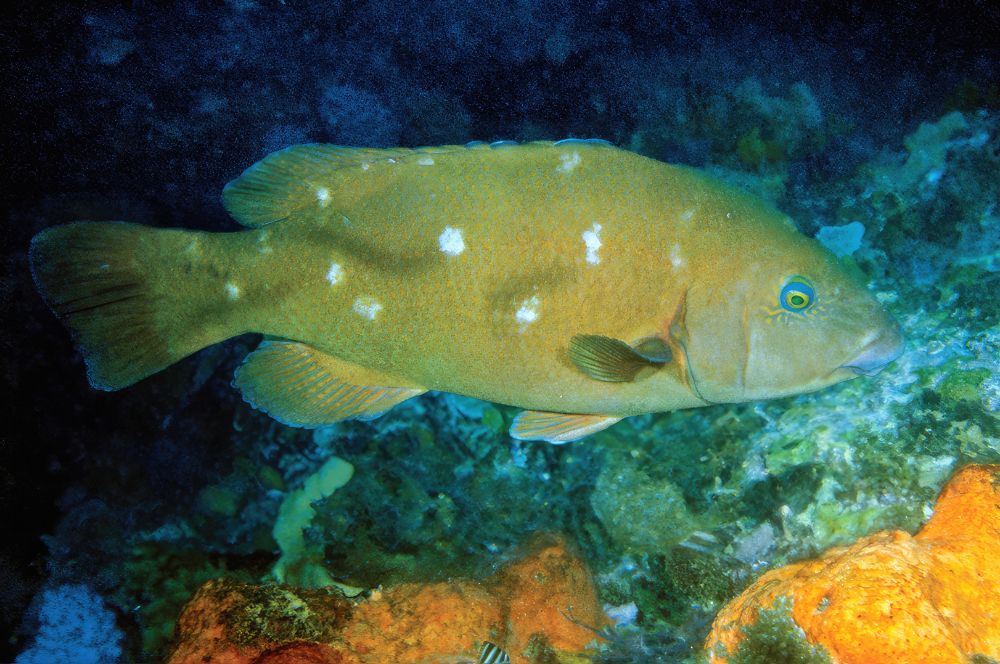
As protogynous hermaphrodites, both Eastern and Western Blue Gropers experience an initial phase in which they may be male or female before developing their adult colouration and entering the terminal phase. They reproduce through spawning, which involves the female releasing her eggs and the male releasing his sperm into the water, resulting in fertilized eggs that develop into larvae.
The dominant male and female in a Blue Groper group are responsible for defending the group's territory and ensuring its survival, with the dominant male also mating with the females in the group. Males of both species exhibit a vibrant blue hue, while females tend to be brown or greenish-yellow, possibly as a form of camouflage.
The colour differences between the sexes may have implications for their mating behaviour and ability to survive in their habitat.
From Green Females to Cobalt Blue Males
The distinct colouration differences between Blue Groper males and females are essential for understanding their fascinating life cycle, as blue gropers begin life with different colours. Males display a striking blue colour, while females are green-brown or greenish-yellow, likely to facilitate camouflage and evade predation.
These colour variations play a crucial role in their mating behaviour and survival within their habitat, adding another layer of complexity to these captivating creatures.
The Role of Dominant Males and Females
In Blue Groper groups, the dominant male and dominant female play vital roles in the survival and reproduction of their community. They are responsible for defending the territory and protecting the females from rival males.
If the dominant male perishes, the largest dominant female undergoes a transformation in size, colour change, sex, and sex, assuming the role of the dominant male and ensuring the group's continuity. This unique reproductive strategy showcases the adaptability and resilience of Blue Gropers in their natural environment.
Diet and Predation: How Blue Gropers Shape Marine Ecosystems
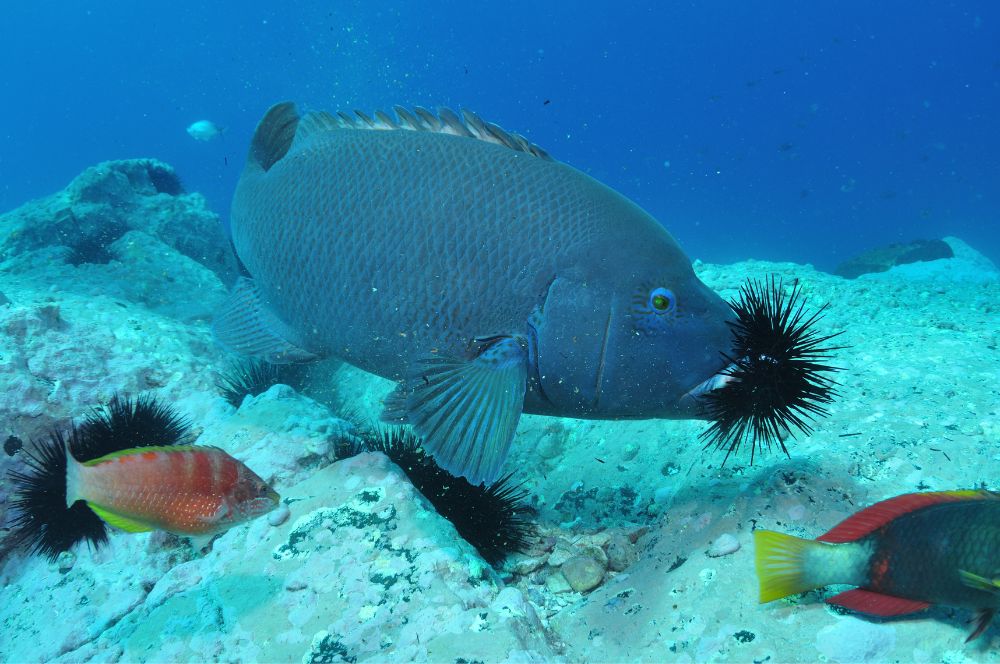
Blue Gropers, predominantly feeding on crabs, prawns, shellfish, and sea urchins, play an essential role in regulating the population of these marine species. By controlling the numbers of these animals, Blue Gropers contribute to maintaining the delicate balance of the marine ecosystem. This crucial function highlights the importance of conserving Blue Gropers and preserving their habitats.
Sea urchins, in particular, are a vital component of the Blue Groper diet, providing essential nutrients and helping maintain the equilibrium of the marine ecosystem. The presence of Blue Gropers in the ecosystem thus helps regulate the sea urchin population, ensuring that these organisms do not grow unchecked and disrupt the delicate balance of marine life.
Sea Urchin Specialists
Eastern Blue Gropers rely heavily on urchins as a primary food source, providing them with essential nutrients and aiding in the maintenance of the marine ecosystem's balance. Their strong peg-like teeth are well-suited for consuming these spiny creatures.
By controlling the sea urchin population, Eastern Blue Gropers play a vital role in preserving the health and stability of their marine environment, showcasing the interconnectedness of all organisms within the ecosystem.
Balancing the Ecosystem
Blue Gropers contribute significantly to maintaining equilibrium within the marine ecosystem as keystone species. By predominantly feeding on sea urchins, they help regulate their population, preventing these organisms from growing unchecked and causing damage to the ecosystem.
This highlights the importance of protecting Blue Gropers and their habitats, as their presence in the ecosystem plays a crucial role in maintaining the delicate balance of marine life.
Blue Gropers and Scuba Divers: A Unique Interaction
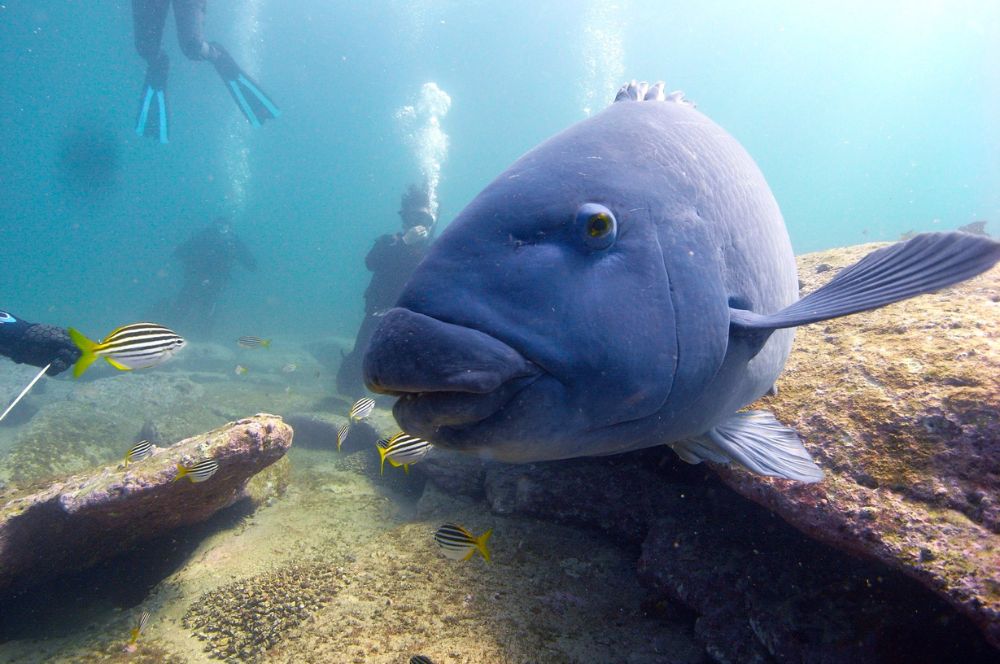
Blue Gropers are known for their friendly and curious nature, often approaching and engaging with scuba divers. This unique interaction between humans and marine life makes diving with Blue Gropers a truly memorable experience. However, their approachable behaviour also puts them at risk, as their friendliness makes them easy targets for spearfishing.
Understanding and appreciating the unique behaviour of Blue Gropers is essential for conserving these creatures and ensuring their continued survival. By raising awareness of their friendly nature and the threats they face, we can contribute to their conservation and protect the delicate balance of the marine ecosystem.
Curious and Approachable
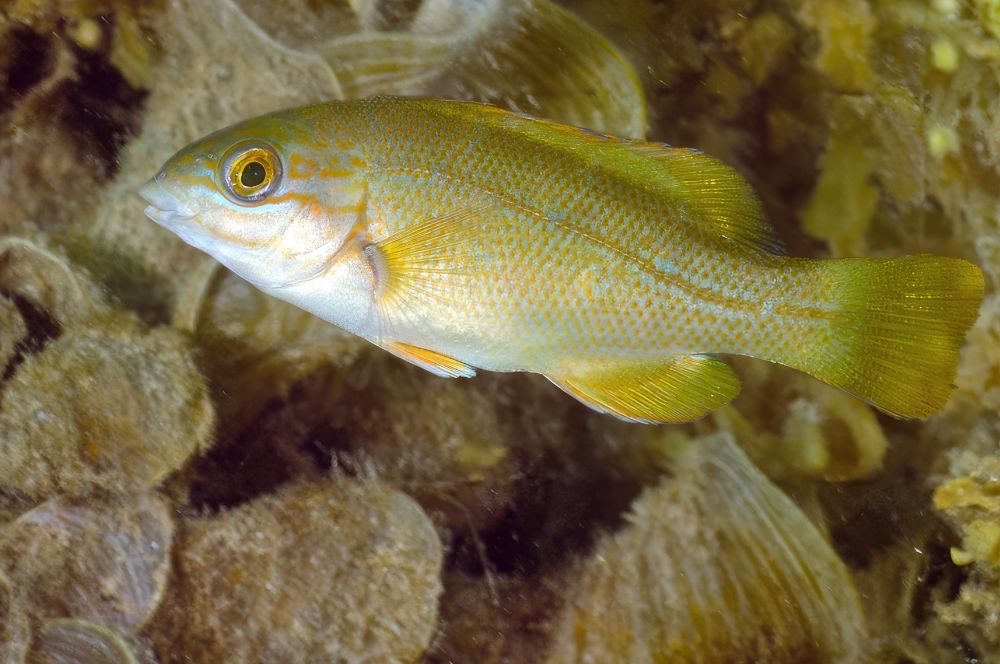
Blue Gropers are naturally curious and approachable due to their familiarity with divers in their habitat and their friendly dispositions. They often swim up to divers, investigate them, and may even follow them around.
However, it is essential to respect Blue Gropers in their natural environment by not touching or harassing them and avoiding disturbance to their habitat. Through responsible diving practices, we can enjoy these unique interactions while ensuring the continued survival of Blue Gropers.
Conservation Concerns
The friendly and approachable nature of Blue Gropers, while appealing, also puts them at risk of being targeted by spearfishes. Conservation efforts to protect Blue Gropers involve the implementation of fishing regulations, the establishment of marine protected areas, and the promotion of responsible diving practices.
By raising awareness of the threats faced by Blue Gropers and promoting conservation efforts, we can ensure the survival of these unique creatures and the delicate balance of their marine ecosystems.
Protecting Blue Gropers: Conservation Efforts and Legislation
To protect Blue Gropers, various conservation efforts and legislation have been implemented. In New South Wales, Eastern Blue Gropers are recognized as the state of fish emblem and symbol, and it is illegal to spear them. Additionally, there is a restriction on fishing for them with a line. These measures, along with fishing restrictions and the establishment of marine protected areas, help ensure the survival of these unique marine creatures.
Western Blue Gropers, currently listed as vulnerable by the International Union for Conservation of Nature (IUCN), also benefit from fishing restrictions and other protective measures. By continuing to enforce and support these conservation efforts, we can help preserve the western Blue Groper' population and the delicate balance of their marine ecosystems.
Threats from the Past: The Impact of Spearfishing
Historically, spearfishing had a detrimental effect on Blue Gropers, but there is evidence of population recovery following the prohibition of spearfishing in New South Wales waters in 1969 and the prohibition of the sale of the species in 1980. These measures were essential in mitigating the threat of spearfishing and allowing Blue Gropers to rebound from population declines. Recently Gus the iconic blue groper, was speared despite this ban.
Continued conservation efforts and responsible fishing practices will help ensure the survival and prosperity of these captivating marine creatures.
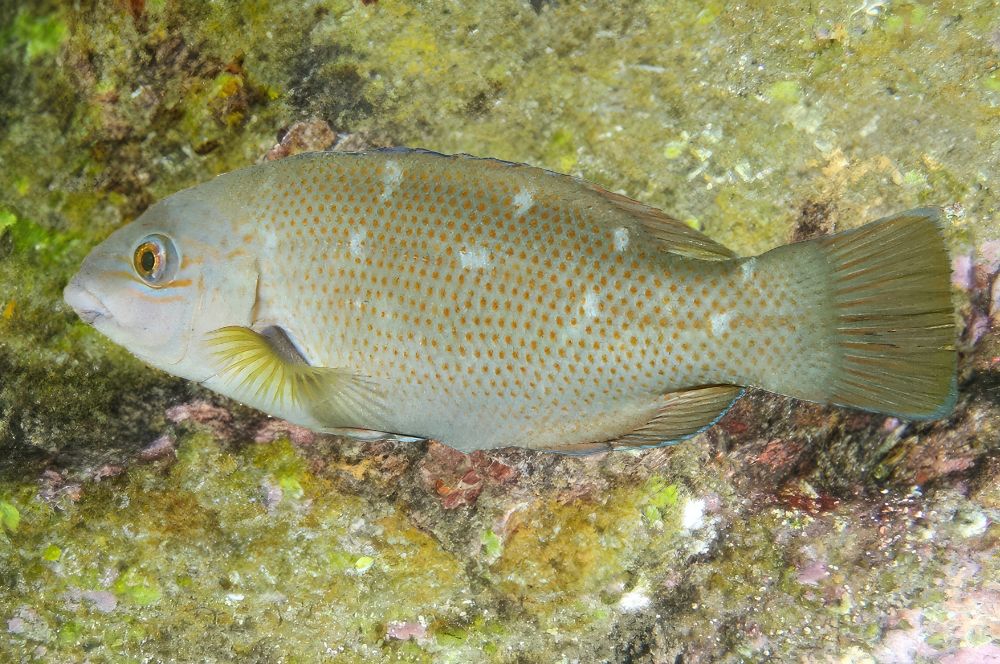
Summary
Diving into the world of Blue Gropers has revealed their unique life cycles, ecological importance, and fascinating interactions with scuba divers. Their striking colouration and intriguing social structures make them captivating subjects for marine enthusiasts and conservationists alike. As we continue to raise awareness of their friendly nature, the threats they face, and their vital role in marine ecosystems, we can contribute to the conservation of these remarkable creatures and the delicate balance of their underwater world.
Frequently Asked Questions
Is blue groper good to eat?
Due to its delicate flavour and unique texture, blue groper is a popular delicacy among seafood enthusiasts and considered to be very good to eat.
Overall, with its delicate flavor and unique texture, blue groper is an excellent choice for anyone looking for a delicious seafood meal.
Are Western blue groper good eating?
Given the restrictions in place to protect the Western Blue Groper population, it is not recommended to eat this fish species.
Do blue gropers have teeth?
Yes, blue gropers have powerful teeth that allow them to feed on hard-shelled prey. These teeth are used to break down the shells of molluscs and crustaceans, allowing them to feed on the nutrition within.
Can you fish blue groper?
Unfortunately, due to the protected status of the blue groper, it is not advisable to fish for them. Although some limited recreational and commercial fishing can take place in certain areas and times of the year, it is always best to err on the side of caution and protect this magnificent species.
In conclusion, it is not recommended to fish for blue groper as they are a vulnerable species and have protected status.
How big do blue grouper get?
Blue groupers can reach up to 1.7 metres in length and a weight of 40 kilograms, making them the largest bony fish species living on the rocky reefs of southern Australia. They have a lifespan of up to 70 years and do not reach maturity until 15-30 years old.
RELATED POSTS
-
Explore Diving with Giant Cuttlefish:…
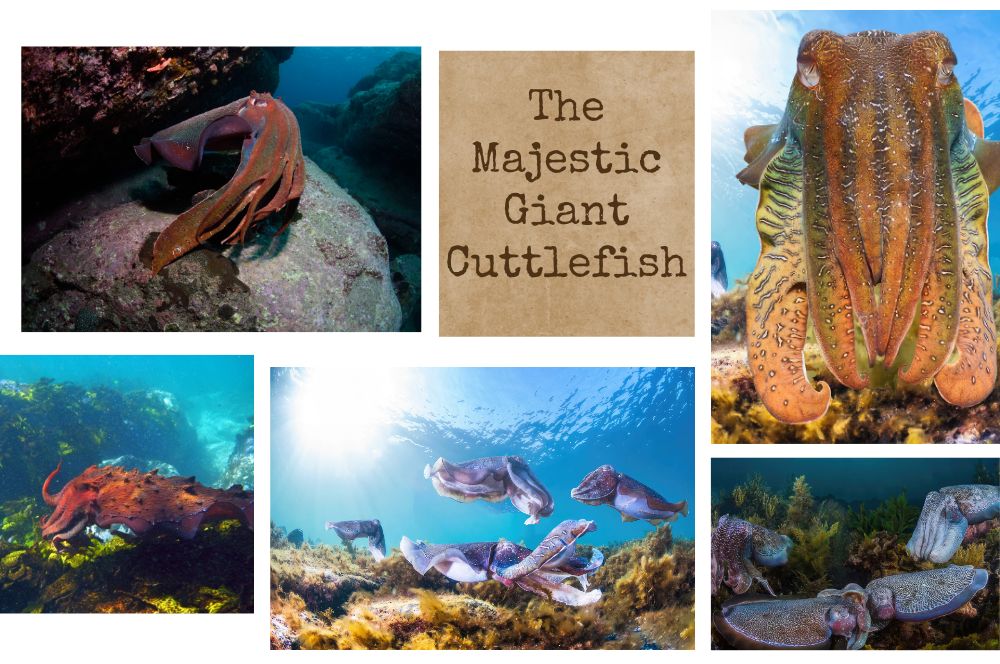
Explore Diving with…
Diving with the Majestic Giant Cuttlefish: South Australia and Beyond Imagine yourself immersed in the mesmerizing […] -
The Best Places to See Marine Life…
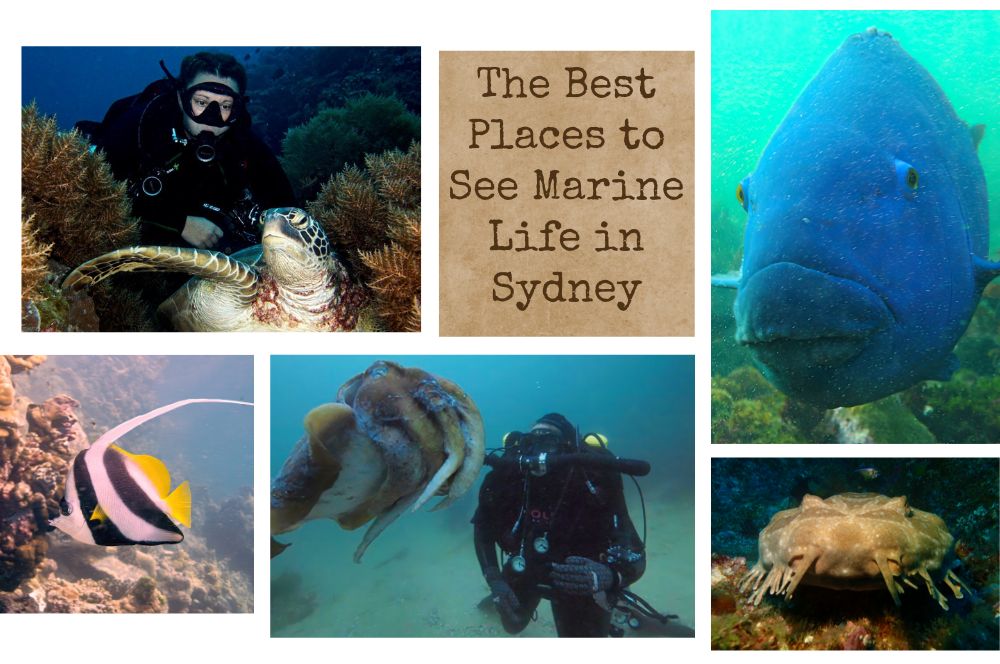
The Best Places to…
The Best Places to See Marine Life in Sydney Welcome to the underwater world of Sydney, where vibrant marine […] -
Sea Dragon Mysteries Unveiled: Ultimate…
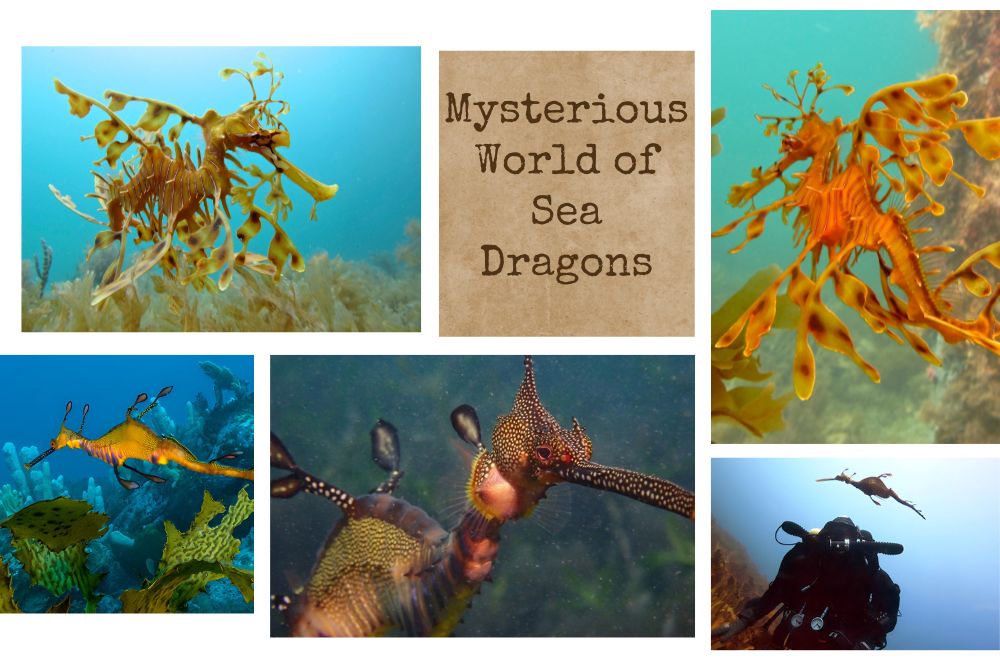
Sea Dragon Mysteries…
Uncovering the Mysterious World of Sea Dragons: A Guide for Scuba Divers Have you ever wondered about the […] -
Dive with Seals in NSW: Explore Montague…
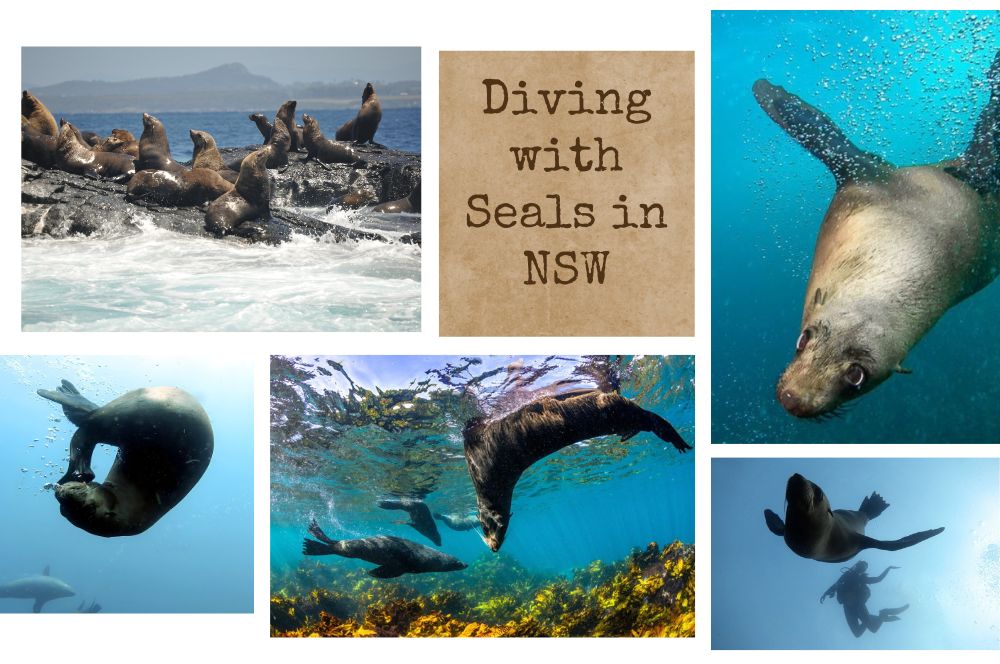
Dive with Seals in…
Diving with Seals: Discover the Top 3 Locations in New South Wales You can go diving with seals and have […]
Recent Posts
